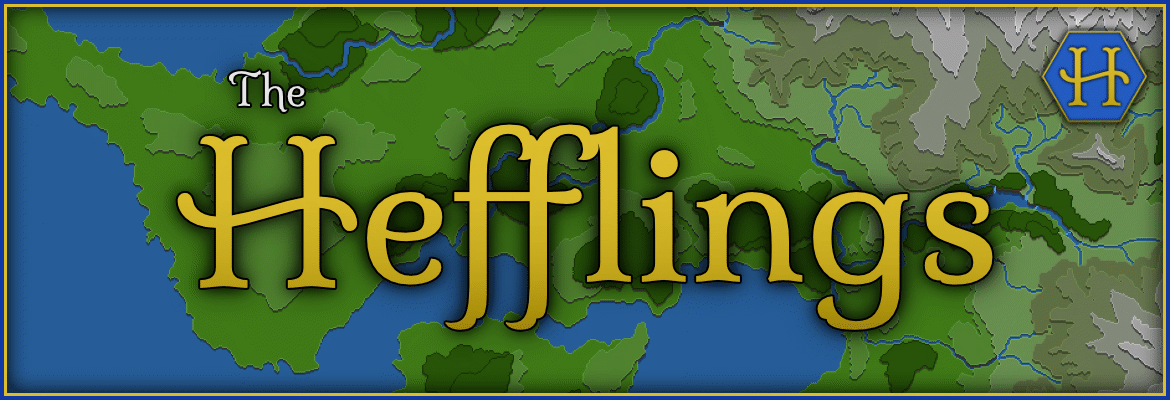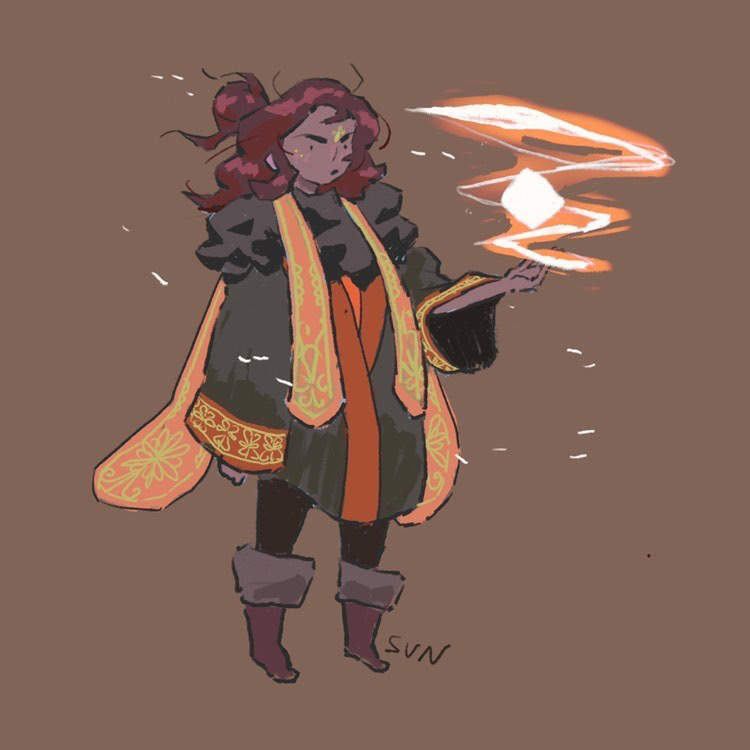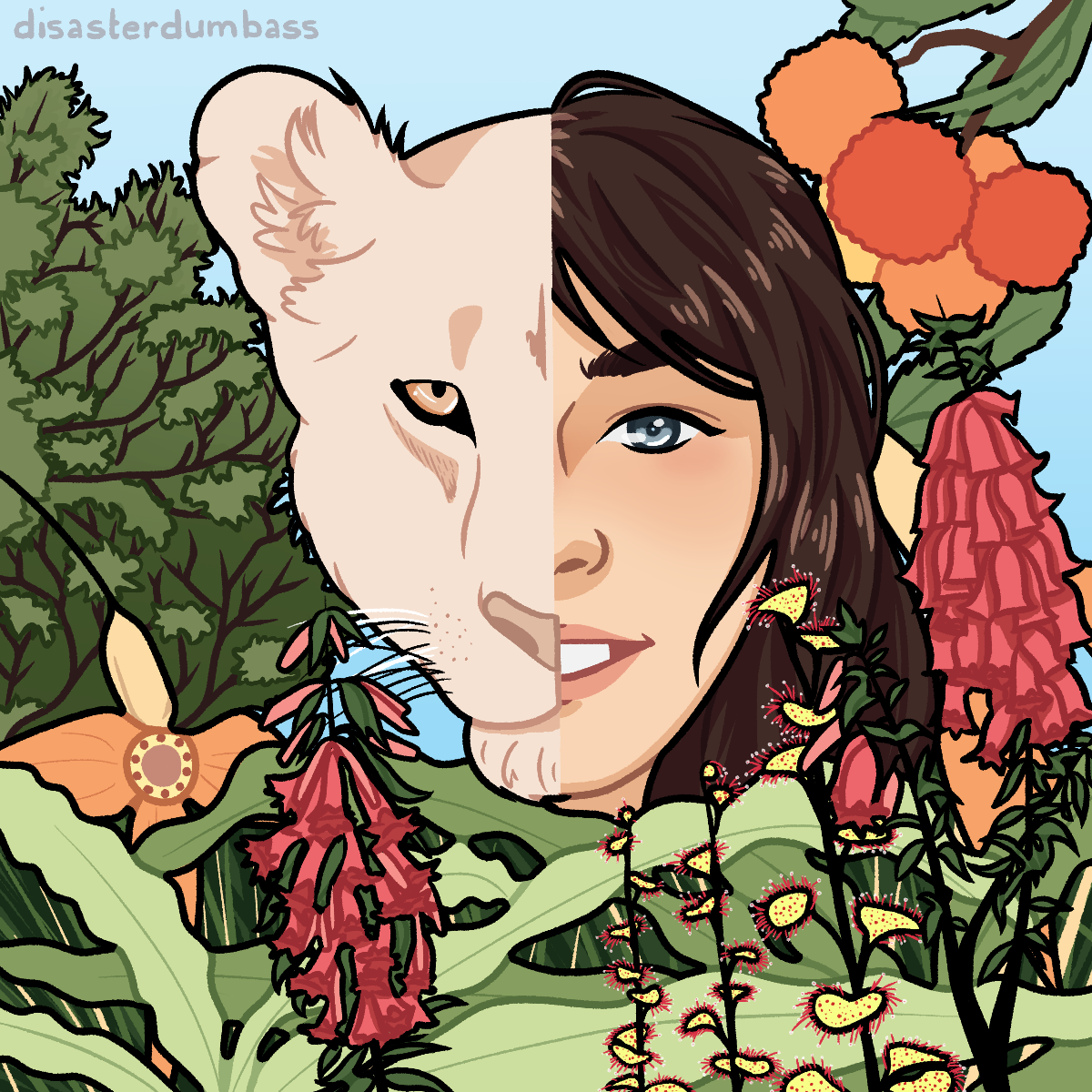Bloombell
Characteristics
There are many kinds of bloombells, each with their own appearance and sound. On her travels, lists the three types of Bloombells she had found. These are the Belladil, the Dronadil and the Whistlbel. Many scholars and mages are researching the characteristics of these types of Bloombells. Many mages and even Winnie suggest there could possibly be more types of bloombells, though as these plants are so rare it is difficult to find more types.Belladil
The Belladil is the bloombell which many think of when referring to these plants. It is the most accessible of the flower, as it is this type of Bloombell which is found upon the . It is also the plant which is identical to the yellow daffodil. The round green stem stands between 5 to 60 cm (~2 to ~2 ), with its bulb stretching at about 1 in to 3 in. The bulb's tepals and corona, when spread, are shaped like a bell. The tepals and corona of the flower are also coloured, which can vary. Mages are unsure why, but the flower can either be a light peach colour, white or more commonly yellow. in fact its the yellow Belladils which can often confuse people, as the plant truly looks like a daffodil.Dronadil
Dronadils look much like Belladils, however they can grow up to almost 1 . The corona of the flower is also longer and wider than the Belladil, which causes the bulb to droop. The colour of the petals are either yellow, or more of a greenish yellow. Dronadils hum. Depending on the size the humming is often be low and deep. Many say its because of the droop of the bulb, which causes this strange sound. even says in her book, "it is the eeriest sound I've ever heard, when I saw these in the Golath Forest."Whistlbell
Whistlbells are small and the ones Winnie had found grew up to about 10cm. The colours and shapes of these flowers are the same as a Belladil, only smaller. These bloombells are easily mistaken to be birds, as like birds these flowers whistle; especially as these plants like to grow at high altitudes.Here ye! Here ye!
's estate was on fire last night!
Twisted firestater at large!
Witnesses are to report to the Lord, immediately!
Public Opinion
Oh, I love springtime mostly for the music which the Bloombells play. Every year I visit the to listen. One day I'll have a whole garden of different kinds.
Every, stinking, year. Ding-a-ling-a-ling! If it was during the day, fine; but in the night too! I'd burn the whole lot.
They say bloombells are rare, but how can they say that when there's a bunch on the Bloombell Cliffs?
Remove these ads. Join the Worldbuilders Guild











The fact that the group name of bloombells is orchestra is already worth a like in itself in my opinion xp It's a shame though that the rest of the article refers to the group as a band. I like the other name better :) Interesting idea to have these plants create different kind of sounds depending on their type. The use of them in the siege to keep everyone awake and as instruments were also nice additions. Great article!
I love collective/group names for species, so I had to include one for this. Orchestra was the first I thought of, but then a Band of Bloombells also fit, and I liked them too. I wasn't sure which to choose, so I just used the two words synonymously. Perhaps I could use only Orchestra as the term. Thank you for the like and the kind comment ♥